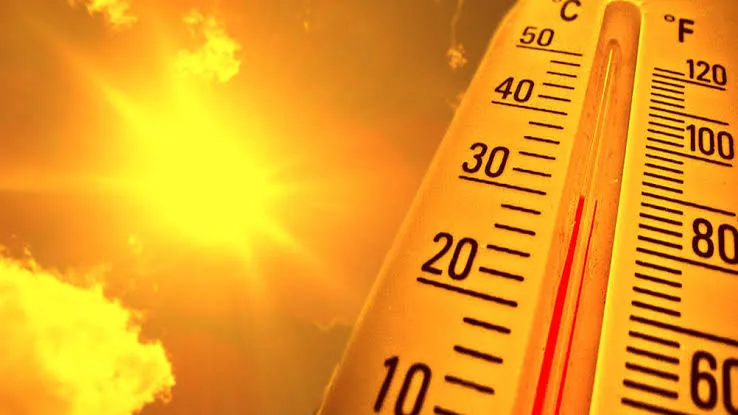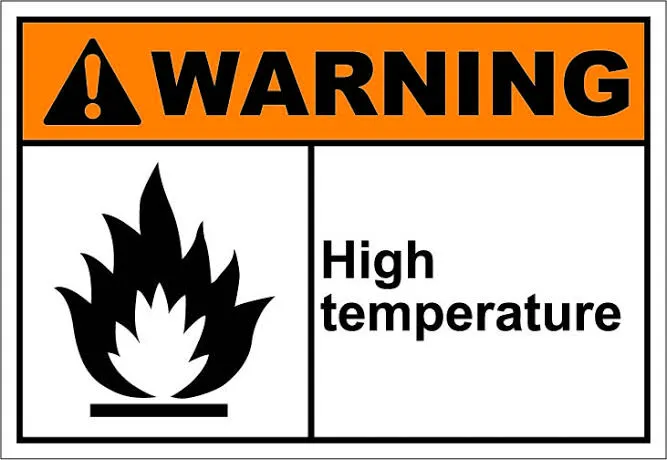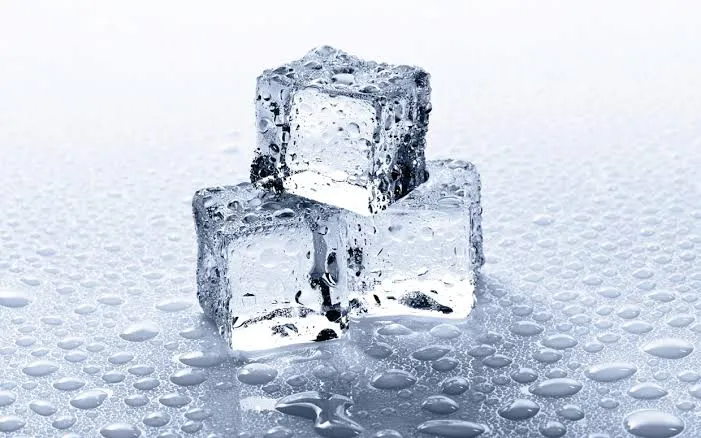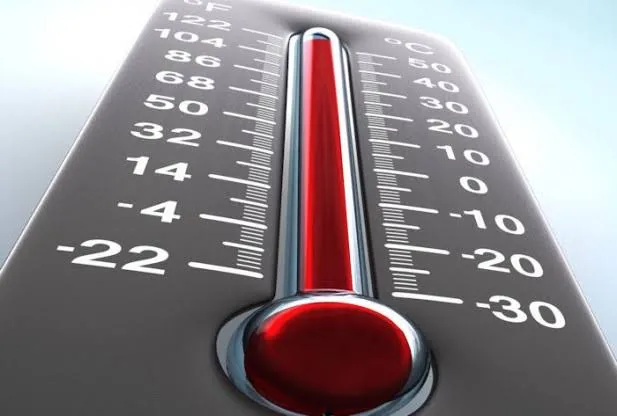
Hello everyone! Today, our hazard Identification is "Temperature".
Temperature is the measurement of difference in the thermal energy of objects or the environment, which the human body senses as either heat or cold. Examples include: Open flames, ignition sources, hot or cold surfaces, liquid or gases, steam, friction and general environmental and weather conditions.
Temperature is an energy source that is both useful and dangerous, depending on its operating conditions. Too high temperature can lead to undesired medical conditions and fire; while too low temperatures can lead to health conditions such as hypothermia and pneumonia.

HIGH TEMPERATURES
Generally, high temperature is not good for our body. At temperature range between 32˚C and 40˚C, one can begin to experience heat cramps and exhaustion. Temperatures in excess of 54˚C will most likely lead to heatstroke.
Some heat-related hazards include:
• heat exhaustion
• heatstroke
• muscle cramps
• heat swelling
• fainting

PREVENTION
To prevent these hazards, you are advised to stay well hydrated at all times. Drink enough fluids and don’t rely solely on your thirst to determine when to drink water. One of the ways to know if you have enough fluid (water) in your system is by monitoring your urine. A light-colored or clear urine indicates a well hydrated body system. When you lose a lot of fluids or sweat profusely, be sure to replace the lost fluids as well.
As popularly said, “there is no bad weather; what you have is bad dressing”. Ensure to always wear clothing that is apt for your environment. Too thick or too loose clothing can quickly cause you to become overheated. Endeavour to remove excess cloting or loosing up when you feel too hot. Try to avoid places that can get extremely hot, such as inside cars. Do not leave another person, child, or pet, locked up even for short periods of time when there is no cooling system on.

AT-RISK FACTORS
The following are some factors that can cause people to be at higher risk of high temperature-related hazards:
• Younger than 4 or older than 65 years of age
• Rapid weather changes from cold to hot or vice versa
• Overweight
• Drugs (e.g cocaine) addiction and abuse.
• exposure to a high heat index (measurement of both heat and humidity)
LOW TEMPERATURES

As with high temperatures, extremely low temperature is not good for your body as well.
Some low temperature -related hazards include:
• hypothermia
• cold-induced hives
• frostbite
• chilblains
• trench foot (or “immersion foot”)
PREVENTION
To prevent low temperature related hazards, take one or more of these measures:
• wear multiple layers of clothing
• avoid drinks with alcohol or caffeine
• remain inside near a source of heat
• wear a hat, head warmer, or something similar on your head to retain heat and gloves on your hands
• use lotion and lip balm to prevent dryness of your skin and lips
• bring extra clothes to change into in case you get damp or wet
• wear sunglasses when it’s snowing or extremely bright outside to avoid snow blindness

AT-RISK FACTORS
The following are some factors that can cause people to be at higher risk of low temperature-related hazards:
• Younger than 4 or older than 65 years of age
• exposing skin to extremely cold temperatures, especially when exercising and sweating
• Dampness or wetness in cold temperatures
• Consumption of alcohol, caffeine, or tobacco
• Dehydration
As you carry out your duties today both at home or in your work place, especially in high risk job environments like offshore drilling rigs and construction sites, be mindful of temperature-related hazards. Always ask yourself "what if?" "How can I get hurt in the task I'm currently carrying out?" Be very conscious of your environment. Train yourself to have a high sense of situational awareness.
"STAY ALERT, AND STAY ALIVE!"
-Shalom!
Reference: (eLCOSH : Chevron's Dropped Object Prevention Program)
Google images
Healthline
I hope you found this piece of information useful. If you did, please UPVOTE , RESTEEM and FOLLOW ME for more.
@nathanieloamhen (NEBOSH™ certified Occupational Health and Safety practitioner)
Join Steemitcircle on Telegram and connect with other Steemians. https://t.me/joinchat/E66mpkaKUQtOjrxc_q7MYg

